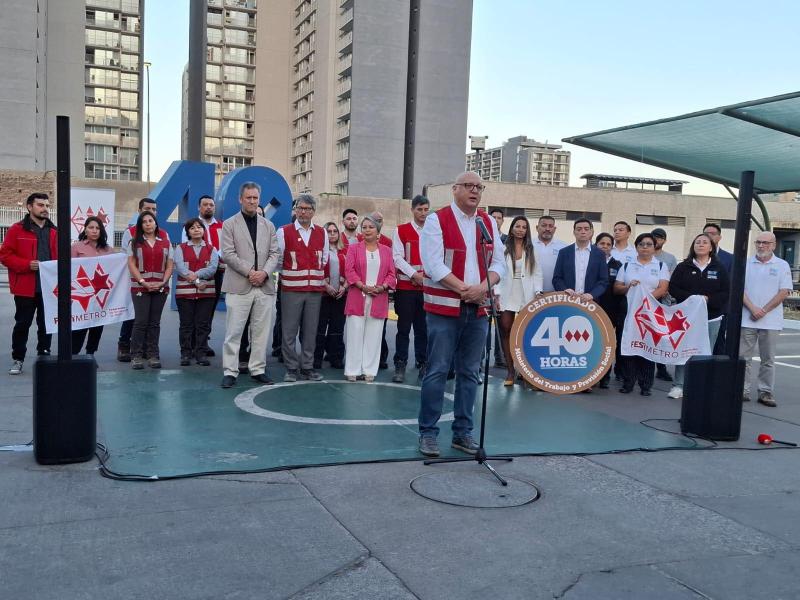The right to strike is protected by International Labour Organization (ILO) convention 87, but may be subject to certain legal conditions or restrictions, and may even be prohibited in exceptional circumstances.
In many countries, ATS workers either don’t have the right to strike, or their right to take industrial action is severely limited. In some countries ATS workers are specifically banned from gaining trade union protection. More recently, some governments – including democratic countries – have attempted to take steps towards militarisation of their national airspace.
The five-page ITF factsheet covers:
• the right to strike and the basic principle behind it
• possible exclusions from the right to strike – public servants, essential services and emergency situations
• minimum service levels – when they should be applied; the importance of negotiations on what the levels should be; and, if they are introduced, the importance of ensuring they do not completely negate the effect of industrial action
• practical advice on what unions should do before taking action – always seek sound, local legal advice; be careful and strategic in publicly raising safety concerns; and ensure public statements are accurate and legal
ITF civil aviation secretary Gabriel Mocho said: “ATS operations globally are being commercialised or privatised, and governments and employers are trying to limit or even remove ATS workers’ fundamental right to strike. In Europe, there is a highly hostile and overt campaign by employers.
“Many ATS unions are experiencing such attacks for the first time and have told us they would value the ITF’s guidance on how best to respond. I urge them to use our factsheet and to come and talk to us directly if they find themselves under attack.”
Download the free factsheet.
Read Right to strike upheld – but needs defending to find out more.
Follow the latest civil aviation news at the ITF blog at www.itfaviation.org.



